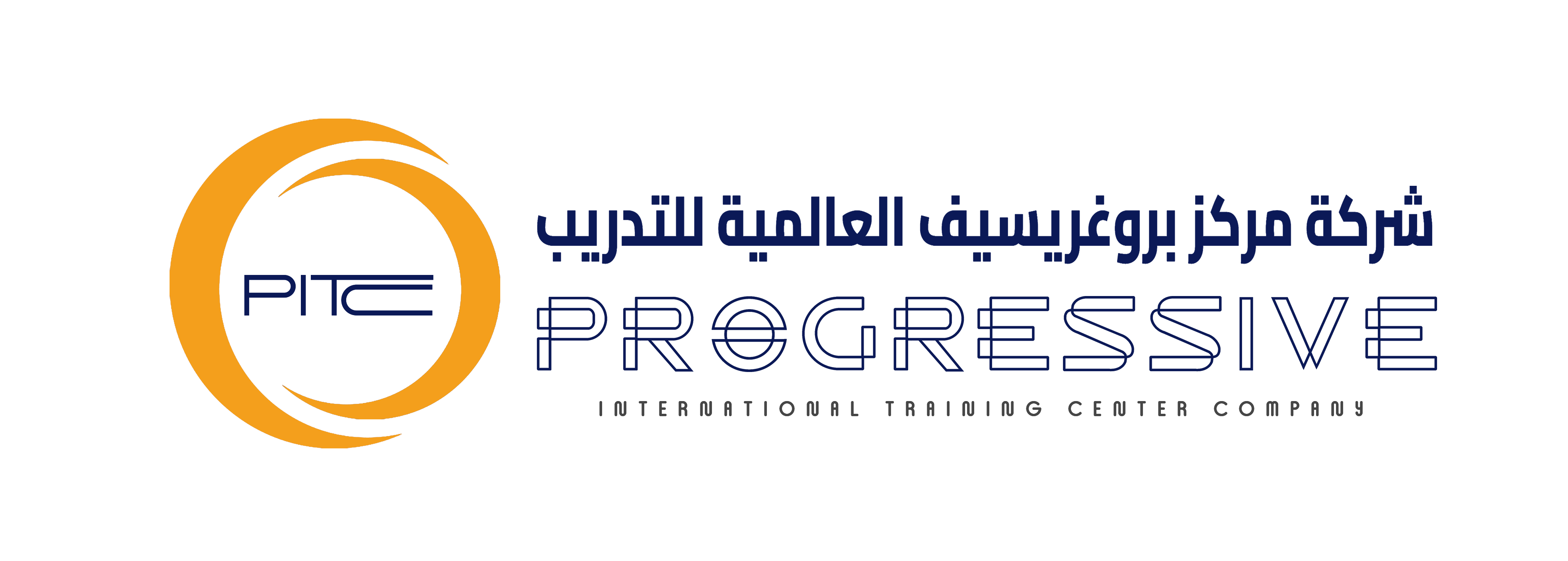Choosing the Right Personal Protective Equipment for Your Industry
Introduction
Personal Protective Equipment (PPE) is essential in safeguarding workers from potential hazards in various industries. PPE encompasses a wide range of gear designed to protect individuals from injuries or illnesses resulting from exposure to physical, chemical, biological, or radiological hazards.
The importance of PPE cannot be overstated; it serves as the last line of defense for workers facing risks in their environments. From construction sites to healthcare facilities, the right PPE can significantly reduce the incidence of workplace injuries and enhance overall safety.
The Role of PPE in Different Industries
Different industries have unique safety requirements, necessitating specific types of PPE. For instance, healthcare professionals require gloves and masks to prevent contamination, while construction workers need helmets, eye protection, and steel-toed boots to mitigate fall and impact risks. Choosing the right PPE tailored to the specific needs of each industry is crucial for maintaining safety standards and ensuring compliance with regulatory guidelines.
Understanding PPE Compliance Requirements
Regulatory Standards and Guidelines
In the United States, the Occupational Safety and Health Administration (OSHA) sets forth regulations governing PPE use in workplaces. These regulations specify the types of PPE required based on the identified hazards, ensuring that employers provide appropriate protective gear to their employees. Other regulatory bodies, such as the National Institute for Occupational Safety and Health (NIOSH), also contribute to establishing safety standards and guidelines.
Importance of Compliance
Non-compliance with PPE regulations can lead to severe legal implications, including fines and increased liability in the event of workplace accidents. Moreover, compliance directly impacts workplace safety; organizations that adhere to PPE requirements not only protect their employees but also foster a culture of safety and accountability.
Assessing Workplace Hazards
Identifying Potential Hazards
To select the appropriate PPE, it is essential to first identify the workplace hazards present. Common hazards that necessitate PPE include:
- Physical Hazards: Falls, flying objects, and moving machinery
- Chemical Hazards: Exposure to harmful substances, fumes, and skin irritants
- Biological Hazards: Exposure to bacteria, viruses, and other pathogens
- Radiological Hazards: Exposure to radiation in specific industries such as healthcare and nuclear energy
Each industry presents its own set of hazards that must be carefully evaluated.
Risk Assessment Procedures
Conducting a thorough risk assessment involves several key steps:
- Identify Hazards: Document potential risks associated with tasks and environments.
- Evaluate Risks: Determine the likelihood and severity of injuries resulting from identified hazards.
- Implement Controls: Decide on the necessary PPE and safety measures to mitigate risks.
Tools and methods for hazard identification might include checklists, hazard mapping, and employee feedback.
Selecting Personal Protective Equipment
Criteria for Choosing the Right PPE
When selecting PPE, consider the following factors:
- Type of Hazard: Match PPE to the specific risks identified.
- Comfort and Fit: Ensure that PPE fits well and does not impede movement.
- Durability: Choose high-quality materials that can withstand workplace conditions.
- Ease of Use: Select gear that is simple to don and doff, promoting compliance among workers.
Customizing PPE Solutions
In some cases, standard PPE may not meet the unique needs of specific workplaces. Customizing PPE solutions can provide a better fit and enhanced protection. Innovations in customizable PPE options include:
- Tailored Sizing: Ensuring a proper fit for all body types
- Integrated Technology: Smart helmets and vests with communication tools and sensors
- Personalization: Custom colors and designs to promote team identity while adhering to safety standards
Implementing Effective PPE Training Solutions
Training Methods for Effective PPE Use
Educating employees about proper PPE use is critical. Consider the following best practices for PPE training programs:
- Hands-On Demonstrations: Allow employees to practice wearing and using PPE correctly.
- Visual Aids: Use posters and videos to reinforce PPE protocols.
- Regular Refresher Courses: Schedule ongoing education to keep safety top-of-mind.
Measuring Training Effectiveness
To evaluate the success of your training initiatives, consider the following strategies:
- Feedback Surveys: Collect employee input on training clarity and relevance.
- Observation: Monitor PPE usage and adherence to safety protocols on-site.
- Incident Reports: Analyze any accidents or near misses to identify training gaps.
Adjusting training strategies based on feedback ensures continuous improvement and reinforces a culture of safety.
Industry-Specific PPE Considerations
Unique PPE Requirements Across Industries
Different sectors have distinct PPE needs. Here are a few case studies illustrating these variations:
- Construction: Hard hats, gloves, and high-visibility vests are mandated to protect workers from falls and equipment-related injuries.
- Healthcare: Medical professionals wear gowns, gloves, masks, and face shields to prevent exposure to infectious agents.
- Manufacturing: Workers often require respiratory protection and hearing protection due to exposure to chemicals and loud machinery.
Emerging Trends in PPE
Technological advancements are shaping the future of PPE. Emerging trends include:
- Smart PPE: Wearable technology that monitors health metrics and alerts users to potential hazards.
- Sustainable Materials: Eco-friendly PPE options that reduce environmental impact while maintaining safety standards.
- Enhanced Comfort: Innovations designed to improve comfort and usability, encouraging consistent use.
Conclusion
In summary, selecting the right PPE is vital for workplace safety. Organizations must understand PPE compliance requirements, conduct thorough assessments of workplace hazards, and implement effective training solutions to ensure proper use.
Prioritizing safety through the appropriate selection and application of PPE not only protects employees but also enhances overall workplace productivity and morale.
Final Thoughts
Businesses are encouraged to review and enhance their PPE strategies regularly. By adapting to industry-specific needs and embracing innovations in PPE, organizations can create safer work environments for all employees. Don’t wait until an incident occurs—take action today to ensure the safety of your workforce!
Contact Us
Have Questions About Our Safety Training?
We are here to help! Whether you’re interested in our training programs, have questions about safety practices, or need more information, feel free to reach out.
